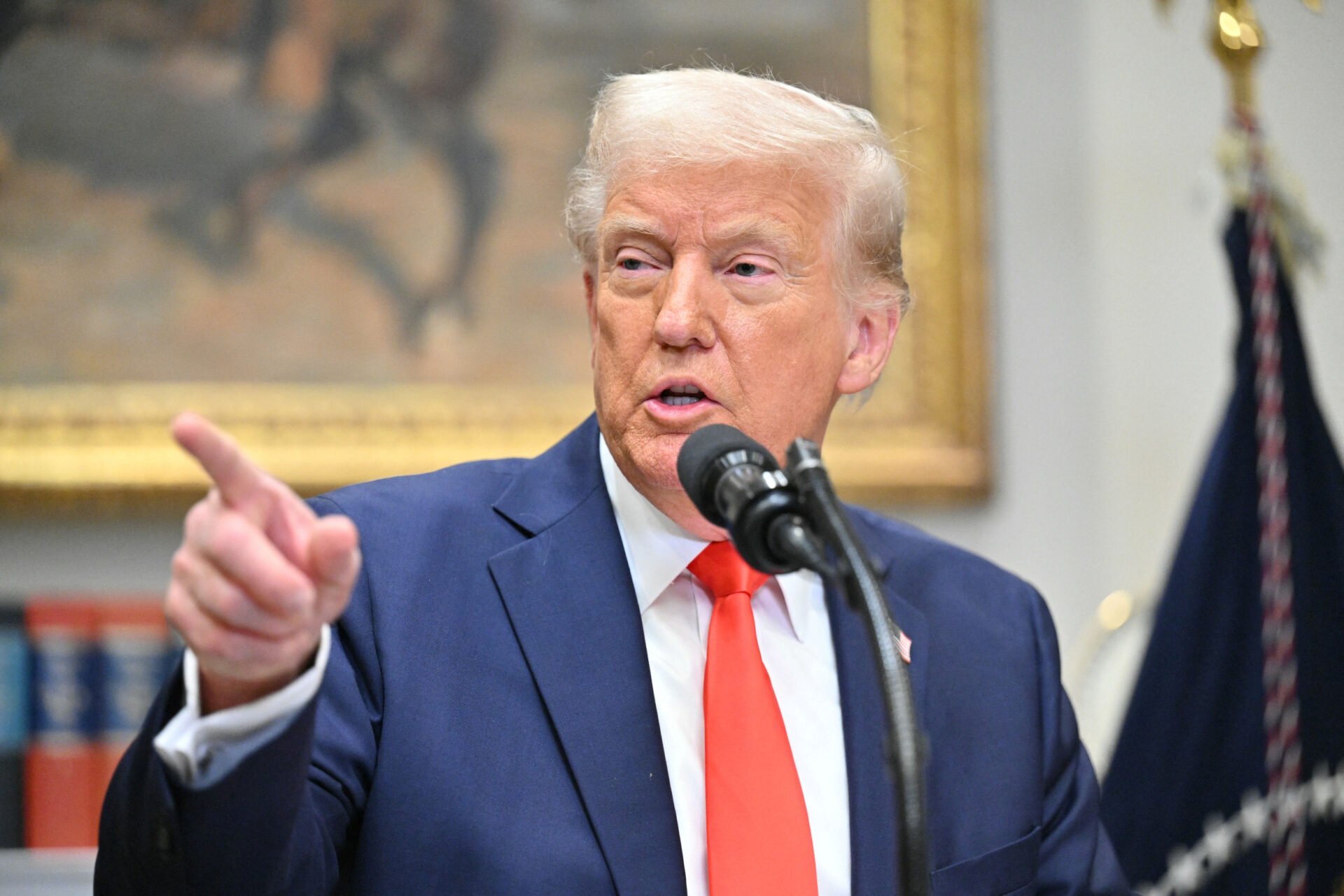So, here we are again. Former President Donald Trump has floated the idea of slapping a 25% import duty on iPhones assembled in India. And naturally, questions are swirling around Apple’s big manufacturing pivot to the subcontinent. Could this be the wrench that derails the iPhone’s desi (local) dream?
Well, maybe not. Because once you dig into the actual numbers and strategic intent behind Apple’s India move, things look a lot more grounded than they seem on the surface. Tariffs or not, Apple appears to be playing a long game—one backed by more than just short-term cost savings.
Apple, for its part, has reassured Indian officials that it’s not going anywhere. In fact, the company’s India expansion seems to be accelerating. According to government data, Apple assembled around $22 billion worth of iPhones in India from April 2024 to March 2025. That’s up 60% from the previous year. That kind of year-over-year growth doesn’t scream “tentative.”
The Economic Imperative: India’s Cost Edge
At the heart of Apple’s India strategy is a pretty straightforward economic reality: it’s just way cheaper to build things there. A recent report by the Global Trade Research Initiative (GTRI) helps lay it all out. Assembling an iPhone costs roughly $30—or around ₹2,500—per unit, whether it’s done in China or India. That might raise some eyebrows at first, but it makes sense once you consider that most of the iPhone’s $1,000 (around ₹83,000) price tag isn’t about hardware. It’s really the brand, the design, and the software—that’s where the real value lies. GTRI pegs that chunk at about $450 (₹37,350).
Then you’ve got the high-end parts coming in from all over: about $150 (₹12,450) for chips from Taiwan, $90 (₹7,470) for OLED screens from South Korea, $85 (₹7,055) for Japanese camera modules, and another $80 (₹6,640) for US-made components from Qualcomm and Broadcom. But here’s where India really pulls ahead—labor.
In India, factory workers earn roughly $230 (₹19,090) a month. Compare that with California, where the same job could run around $2,900 (₹2,40,700) monthly. That’s more than 13 times higher. So, if Apple shifted assembly to the US, they’d be looking at a per-unit cost of about $390 (₹32,370). That’s a huge jump from India’s.
Now, throw in Trump’s proposed 25% import tariff. A 25% duty on a $30 assembly adds just $7.50—around ₹622.50—to the cost, bumping it up to $37.50 (₹3,122.50). Even with that added cost, India’s still the far more economical choice. In fact, it remains nearly ten times cheaper than manufacturing in the US. So unless Apple’s ready to take a massive profit cut or start charging $3,500 (₹2,90,500) for an iPhone, the math pretty much answers itself.
Beyond the Dollars: Strategy and Scale
But here’s the thing—it’s not just about money. Apple’s shift to India is also a strategic hedge. It’s part of the broader “China Plus One” approach, which aims to lessen dependence on China by diversifying production. And it’s not just theory. The COVID-19 pandemic made it painfully clear how fragile a centralized supply chain can be.
India saw an opportunity and moved fast. The Indian government, led by Prime Minister Narendra Modi, rolled out the Production Linked Incentive (PLI) scheme for smartphones. This program basically rewards manufacturers for boosting production, effectively lowering their costs and encouraging foreign investment. Apple’s contract manufacturers—Foxconn, Pegatron (now mostly run by Tata Electronics), and Tata itself—are already reaping the benefits.
And this isn’t just about Apple. Their expansion fuels an entire ecosystem. So far, the company’s presence has helped create roughly 200,000 direct jobs in India. Some projections put the total job creation across the ecosystem at over 600,000 in the coming years. That means more skills, higher GDP, and a homegrown electronics manufacturing backbone.
The Trump Factor: Real Threat or Rhetoric?
So, what do we make of Trump’s tariff threats? Well, many experts see them as more political than practical. It lines up neatly with his “Make America Great Again” push to bring jobs back home. But turning that slogan into reality is another matter. The US simply doesn’t have the workforce, infrastructure, or supply chain setup to handle large-scale iPhone production.
Apple CEO Tim Cook himself noted that, for the June quarter, most iPhones sold in the US would be India-made. That speaks volumes. It wasn’t a knee-jerk move—it was part of a well-laid plan. Partners like Foxconn are pouring more resources into Indian facilities, signaling that this is no short-term play.
India’s Global Ascent in Tech Manufacturing
India’s goals go well beyond Apple. The country wants to become a major global manufacturing hub, and it’s steadily getting there. Right now, India accounts for around 15% of global iPhone production. That figure is expected to climb to 25% or even 30% by 2025. That growth is fueled by policy support, a vast labor pool, and increasingly competitive infrastructure.
Sure, challenges remain. The local supply chain still has gaps, particularly in high-end components. But the direction is clear. India isn’t just filling in for China—it’s becoming indispensable to Apple’s future.
So while Trump’s tariff threats may grab headlines, the underlying economic logic and strategic motivations tell a different story. Apple’s Indian ambitions aren’t some experiment. They’re a cornerstone of the company’s global strategy. The iPhone’s desi future looks more inevitable than vulnerable.



















